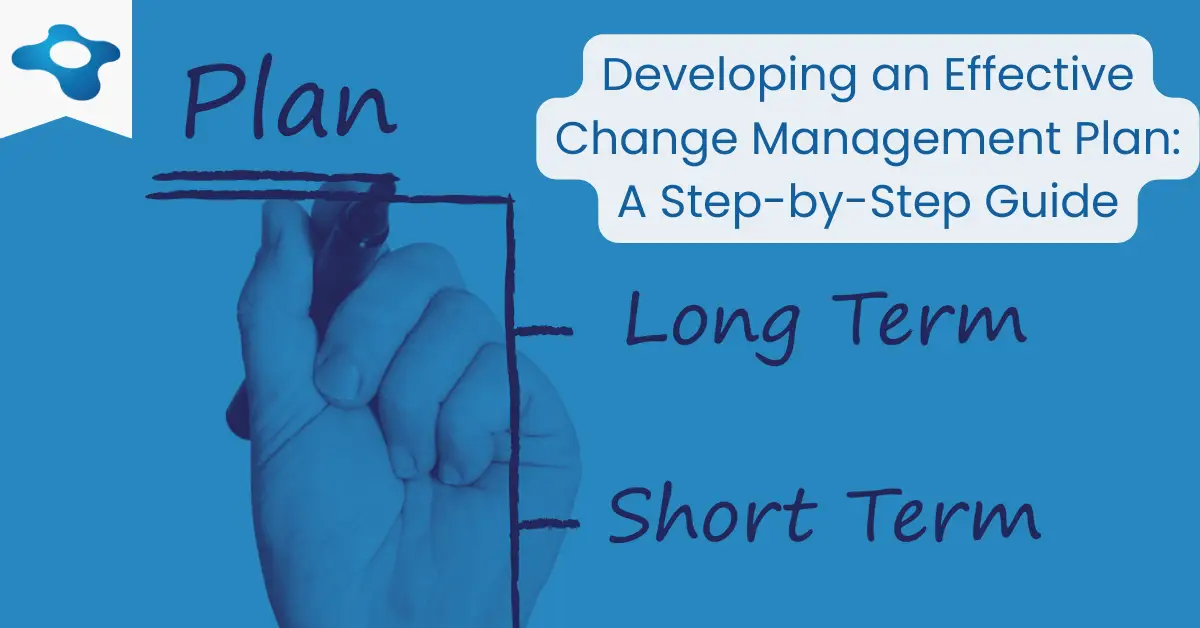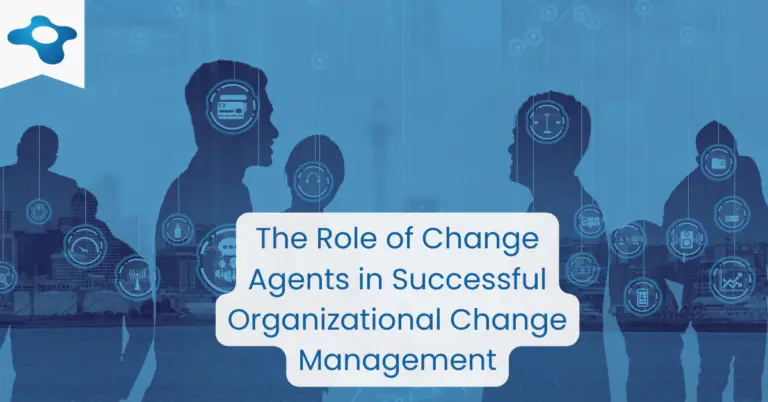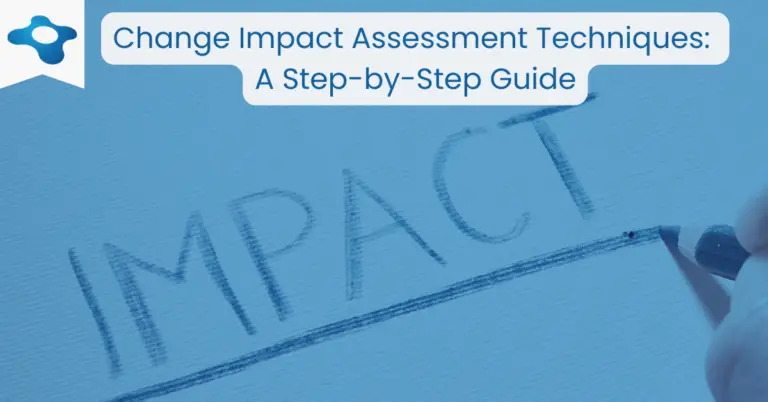Key Takeaways
- Navigate the complexities of organizational change with a step-by-step guide to crafting an effective change management plan that ensures stakeholder buy-in and lasting success.
- Discover the essentials of creating a robust change management plan, from stakeholder analysis to communication strategies, and learn to steer your organization towards success amid change.
- Master the art of change management planning with this comprehensive guide, covering key components and best practices to help you achieve organizational transformation with confidence.
A change management plan is a crucial component of any organization’s change management process. It outlines the sequence of tasks, activities, deliverables, and resources required to execute a change strategy while applying project management discipline through phases, workstreams, decision points, and milestones.
A well-defined change management plan is essential for successful change initiatives. It ensures alignment between the change strategy and the solution, facilitates stakeholder engagement, and reduces the risk of project failure. Without a proper plan, stakeholders may become disengaged, leading to increased costs and a higher likelihood of project failure.
In this step-by-step guide, we will explore how to develop an effective change management plan. This includes reviewing the change impact assessment, defining workstreams, tasks, and timelines, calculating resource requirements, outlining assumptions and risks, creating the change management plan, and developing a detailed change management work plan. By following these steps, organizations can ensure a smoother transition from their current state to their desired future state.
1. Review Change Impact Assessment
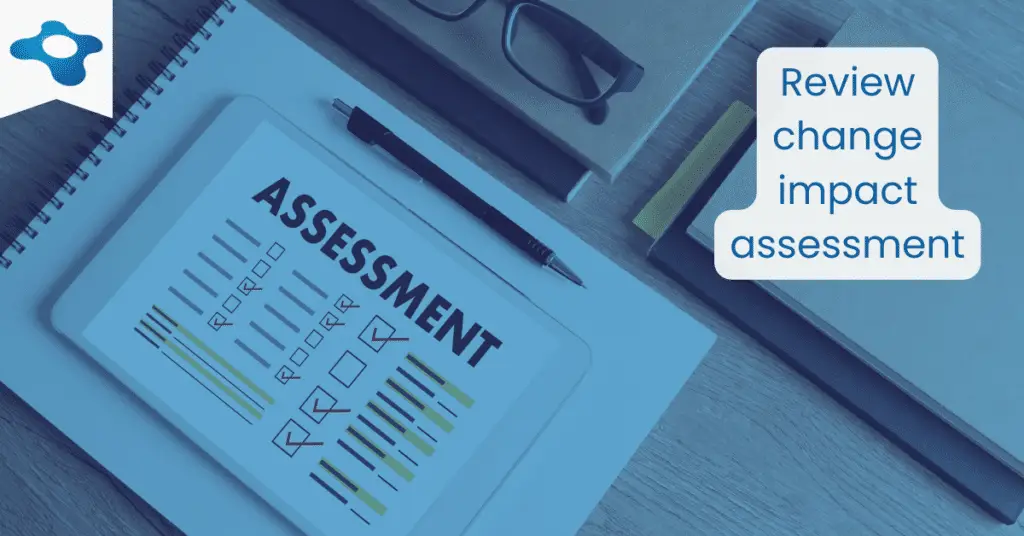
a. The role of change impact assessment in change management planning
Change impact assessment plays a significant role in change management planning. It helps identify the potential effects of a change initiative on people, processes, and technology within an organization. A thorough assessment lays the foundation for a successful change management plan by pinpointing areas that require attention and resources.
b. Key components of change impact assessment
Key components of change impact assessment include identifying affected stakeholders, understanding the nature and extent of change, and evaluating the impact on business operations. This assessment should also consider the readiness of stakeholders to adopt the change and any potential barriers to successful implementation.
c. Assessing and addressing stakeholder commitment, adoption, and business benefits
Assessing and addressing stakeholder commitment, adoption, and business benefits are crucial elements of the change impact assessment. By understanding the level of stakeholder commitment, organizations can develop targeted strategies to move them along the commitment curve. Evaluating adoption rates helps identify areas that may need additional support or resources to facilitate a smoother transition.
Lastly, assessing the potential business benefits of the change initiative ensures that the organization can achieve the desired outcomes and justify the resources and efforts invested in the project.
2. Define Workstreams, Tasks, and Timeline
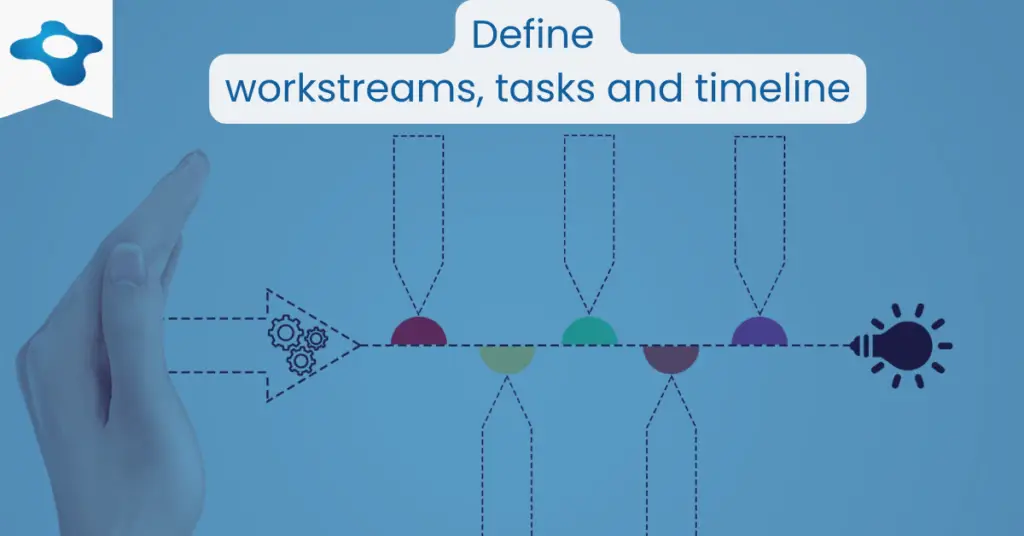
a. Identifying phases, workstreams, and milestones
In developing an effective change management plan, it is crucial to identify the phases, workstreams, and milestones that outline the change journey. Phases represent the overall stages of the change initiative, while workstreams consist of the specific activities and tasks required to achieve the desired outcomes.
Milestones serve as checkpoints to track progress and ensure the project remains on schedule. Identifying these elements early on helps to establish a clear roadmap for the change management process.
b. Developing a realistic and manageable timeline
Creating a realistic and manageable timeline is essential for successfully executing a change management plan. Factors to consider include the complexity of the change, the availability of resources, and the urgency of the initiative. A well-defined timeline ensures that stakeholders have a clear understanding of the project’s duration and can allocate resources accordingly.
To create a realistic timeline, break down each phase and workstream into smaller, manageable tasks and estimate the time required to complete each one. Remember to account for potential delays, such as unforeseen challenges or changes in priorities.
c. Best practices for organizing and prioritizing tasks
Organizing and prioritizing tasks is vital for maintaining momentum and ensuring the project stays on track. Some best practices for organizing tasks include grouping related activities into workstreams, assigning deadlines for each task, and delegating responsibilities to appropriate team members. Prioritizing tasks can be done using various methods, such as the Eisenhower Matrix, which categorizes tasks based on their urgency and importance.
By effectively organizing and prioritizing tasks, change managers can ensure that resources are allocated efficiently and that the most critical aspects of the change initiative are addressed promptly.
3. Calculate Resource Requirements

a. The importance of accurate resource estimation
Accurate resource estimation is a critical component of the change management process. Proper resource allocation ensures that the change initiative has the necessary personnel, equipment, and budget to succeed. Underestimating resource requirements can lead to project delays, increased costs, and stakeholder dissatisfaction.
Conversely, overestimating resources can result in inefficiencies and wasted resources. To minimize these risks, change managers must carefully assess the resources needed for each task and phase of the project.
b. Utilizing the Change Management Resource Estimate template
The Change Management Resource Estimate template is a valuable tool for calculating the resources required to deliver a change management plan. This template helps change managers assess the Full Time Equivalent (FTE) effort needed for each task by estimating the length of time required to complete it.
By using this template, change managers can create a detailed resource allocation plan that aligns with the project’s timeline and objectives.
c. Tips for determining Full Time Equivalent (FTE) effort for each task
To determine the Full Time Equivalent (FTE) effort for each task, consider the following tips:
- Break down tasks into smaller, manageable components to facilitate accurate time estimation.
- Consult with subject matter experts or team members who have experience in similar projects to gain insights into resource requirements.
- Factor in any dependencies or constraints that may impact resource allocation, such as the availability of personnel or equipment.
- Adjust resource estimates as needed throughout the project, accounting for changes in scope or unforeseen challenges.
- Monitor and track actual resource usage to compare against initial estimates, and use this information to refine future resource planning.
4. Define Assumptions and Risks
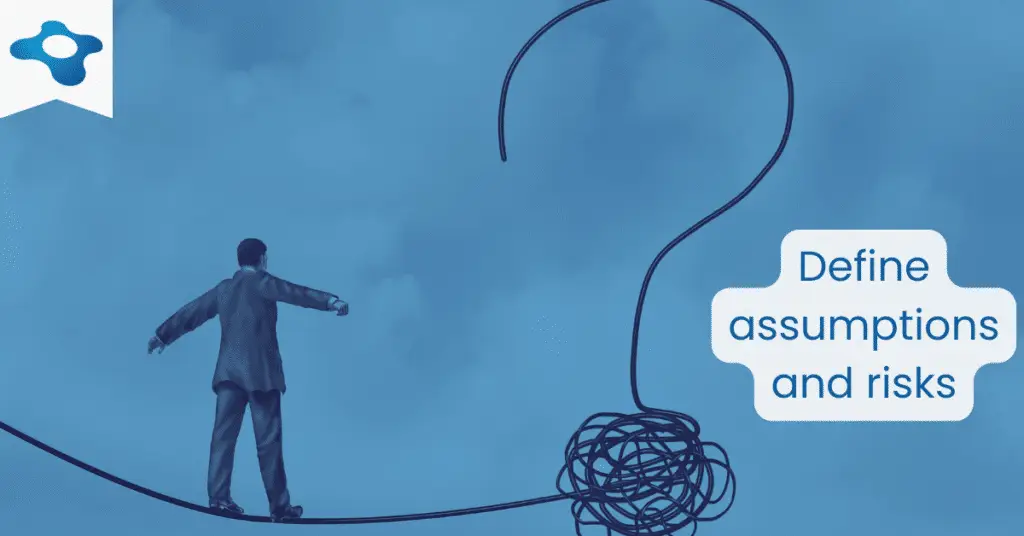
a. Identifying potential risks and challenges in the change management plan
Change management initiatives often face risks and challenges that can impact their success. Identifying potential risks early in the planning process enables change managers to develop strategies to address them. Common risks include resistance to change, lack of stakeholder buy-in, inadequate communication, and insufficient resources.
Additionally, assumptions about the project’s scope, timeline, or required resources can also pose risks if they prove to be inaccurate.
b. Developing strategies for addressing risks and mitigating their impact
Developing strategies to address risks is a crucial aspect of the change management process. Risk mitigation strategies may include:
- Engaging stakeholders early and often to address resistance and build commitment to change.
- Implementing a robust communication plan to keep stakeholders informed and maintain their support.
- Ensuring adequate resources are allocated and adjusting resource estimates as needed.
- Continuously monitoring risks and updating mitigation strategies in response to changing circumstances.
c. Tips for managing assumptions and staying adaptable throughout the change process
Managing assumptions and staying adaptable throughout the change process are key to successful change management. Consider the following tips:
- Document assumptions at the beginning of the project and revisit them regularly to ensure they remain valid.
- Create a culture of open communication and encourage team members to share concerns and insights that may challenge existing assumptions.
- Be prepared to adjust plans and strategies if assumptions prove incorrect or if new information becomes available.
- Encourage a mindset of continuous learning and improvement to promote adaptability and resilience in the face of change.
5. Create Change Management Plan
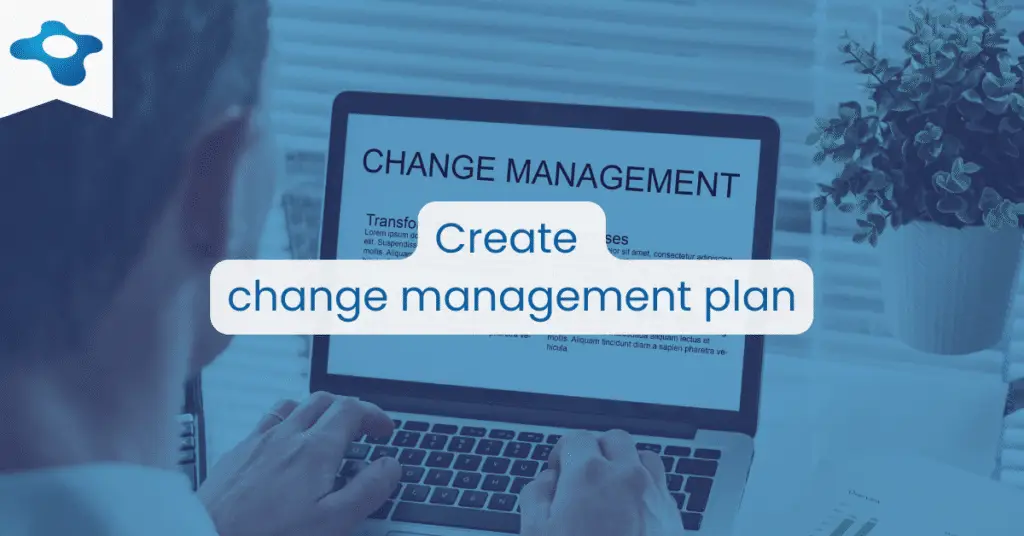
a. Utilizing the Change Management Plan template
A Change Management Plan template can be an invaluable tool for organizing the various elements of your change initiative. The template should outline the timeline, tasks, activities, dependencies, and milestones that will guide the transition from the current to the future state.
Utilizing a template ensures a consistent, organized approach to change management planning, making it easier to track progress and make adjustments as needed.
b. Integrating the Change Impact Assessment and Change Management Strategy deliverables
To create an effective Change Management Plan, it is essential to integrate the insights gained from the Develop Change Strategy and Change Impact Assessment processes.
The deliverables from these processes help identify areas that require attention, resources, and stakeholder engagement. By incorporating the findings from these assessments, the Change Management Plan becomes a dynamic, responsive document that addresses the specific needs of your organization.
The Change Management Plan should focus on activities that:
- Move stakeholders along the commitment curve, ensuring they understand and embrace the change.
- Facilitate adoption of the change solution, providing necessary training and support.
- Achieve anticipated business benefits, tracking progress and adjusting the plan as needed to realize the desired outcomes.
c. Continuously reviewing and refining the plan throughout the program
A Change Management Plan should not be viewed as a static document. Instead, it should be continuously reviewed and refined throughout the program to adapt to evolving circumstances, stakeholder feedback, and changing priorities. Regularly revisiting the plan allows change managers to:
- Monitor progress against milestones and adjust timelines as needed.
- Identify emerging risks and challenges, developing mitigation strategies to address them.
- Assess the effectiveness of communication and engagement efforts, making improvements as needed.
- Ensure that the change initiative remains aligned with the organization’s strategic objectives and delivers the desired business benefits.
6. Develop Detailed Change Management Work Plan

a. Purpose and benefits of a Change Management Work Plan
A Change Management Work Plan is a detailed document that describes the specific tasks and activities required to execute the Change Management Plan.
It provides greater granularity and focus, allowing for more effective management of resources and timelines. The benefits of developing a Change Management Work Plan include:
- Improved clarity and understanding of each task and its dependencies.
- Enhanced ability to track progress and measure success.
- Greater accountability among team members and stakeholders.
- More effective identification and management of risks and challenges.
b. Utilizing the Change Management Work Plan template
A Change Management Work Plan template can streamline the process of creating a detailed work plan by providing a structured format and a list of common tasks and activities.
The template should be adaptable to the unique needs of your change initiative, allowing for customization as necessary. When utilizing a Change Management Work Plan template, be sure to:
- Include all tasks identified in the Change Management Plan.
- Clearly define the roles and responsibilities of team members.
- Specify dependencies, prerequisites, and contingencies for each task.
- Establish clear, measurable milestones and deadlines.
c. Tips for successfully executing and monitoring the work plan
To ensure successful execution and monitoring of the Change Management Work Plan, consider the following tips:
- Assign ownership and accountability for each task to specific individuals or teams.
- Implement a robust communication plan to keep stakeholders informed and engaged.
- Use project management tools to track progress, identify bottlenecks, and address issues as they arise.
- Continuously evaluate and adjust the work plan based on feedback, changing priorities, and lessons learned.
In conclusion, the key steps to developing an effective change management plan involve reviewing the change impact assessment, defining workstreams, tasks, and timelines, calculating resource requirements, identifying assumptions and risks, creating the Change Management Plan, developing a detailed Change Management Work Plan, and continuously reviewing and refining the plan.
Throughout the change management process, it is crucial to remain adaptable and committed to continuous improvement. Change initiatives often involve unforeseen challenges and shifting priorities; therefore, a flexible and agile approach is necessary for success.
As you embark on your change management journey, consider applying the steps outlined in this article to create a comprehensive, well-structured plan that addresses the unique needs and challenges of your organization. By doing so, you will be better positioned to successfully navigate the complex landscape of change and drive meaningful, lasting results.

